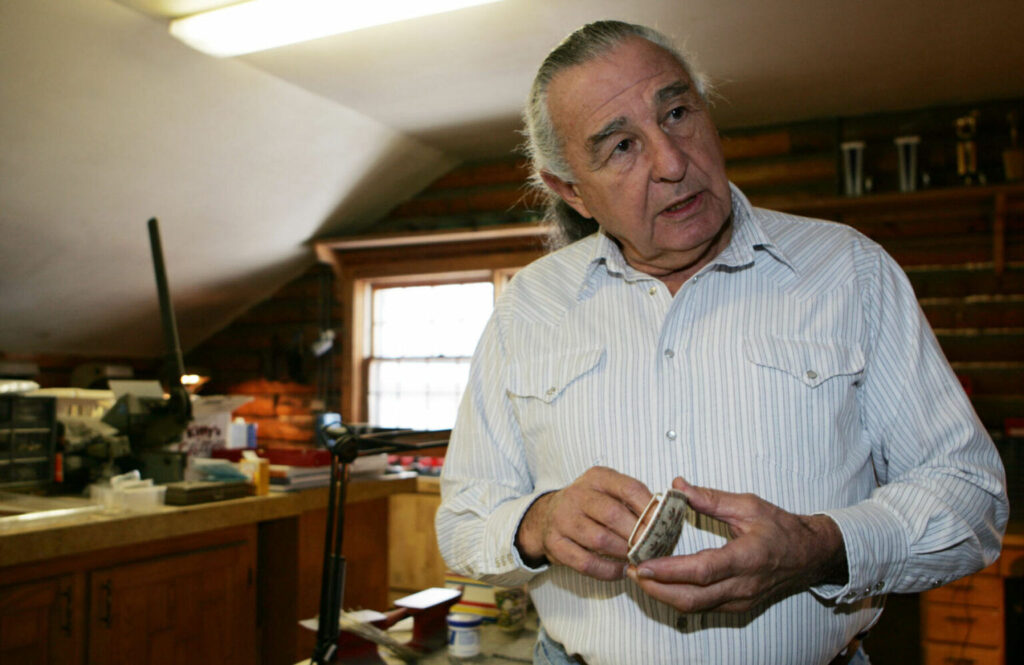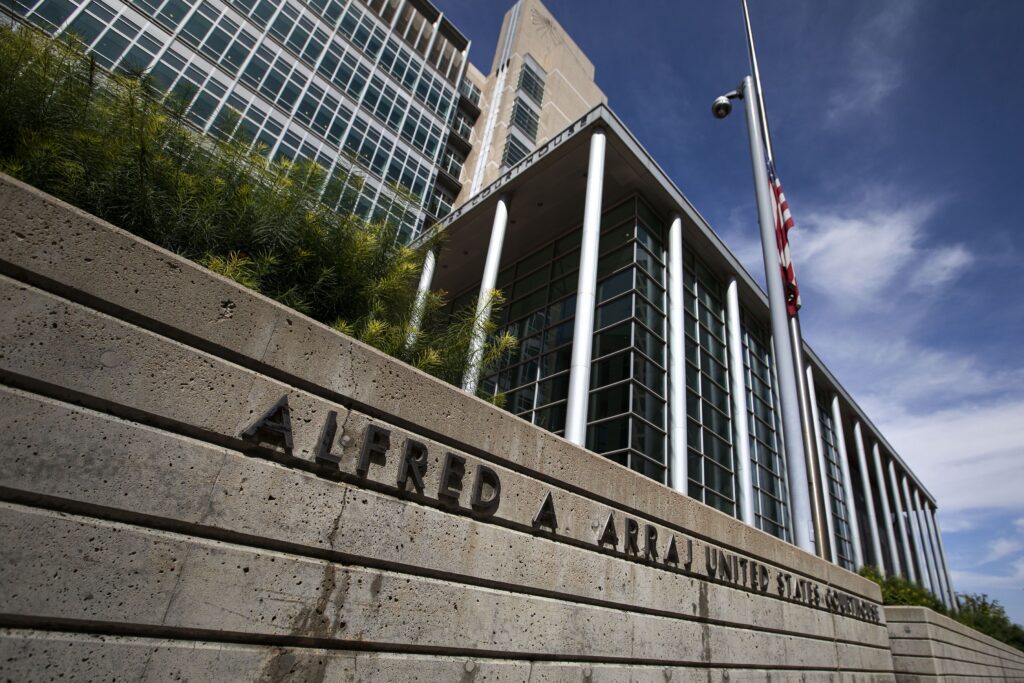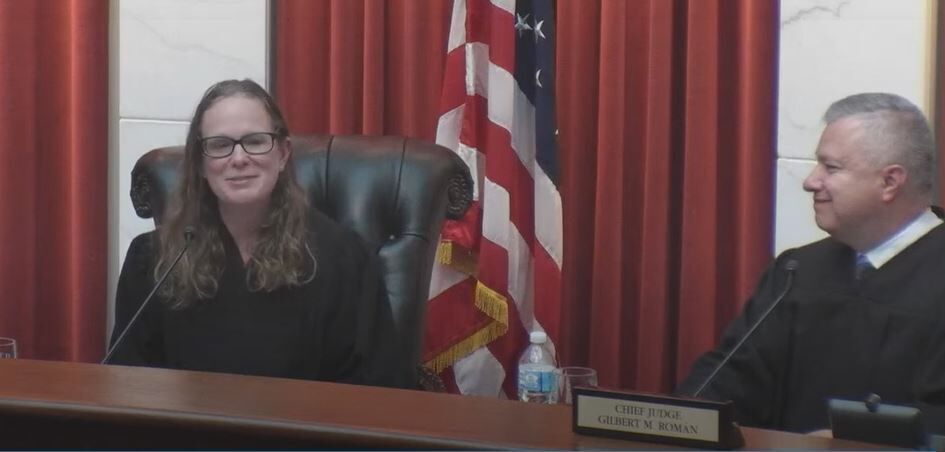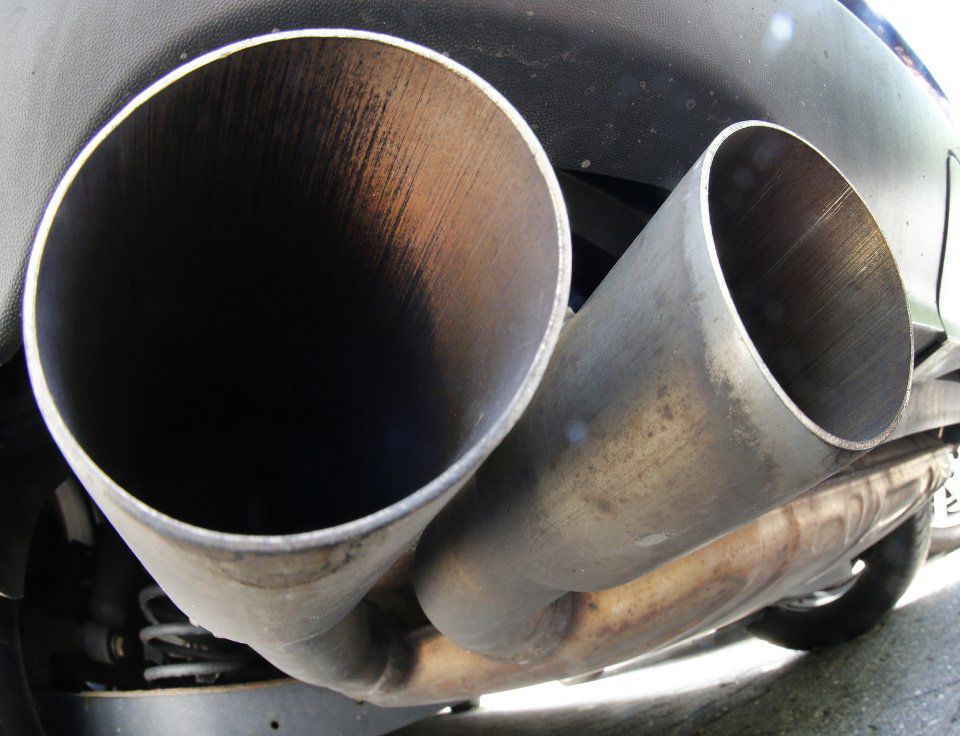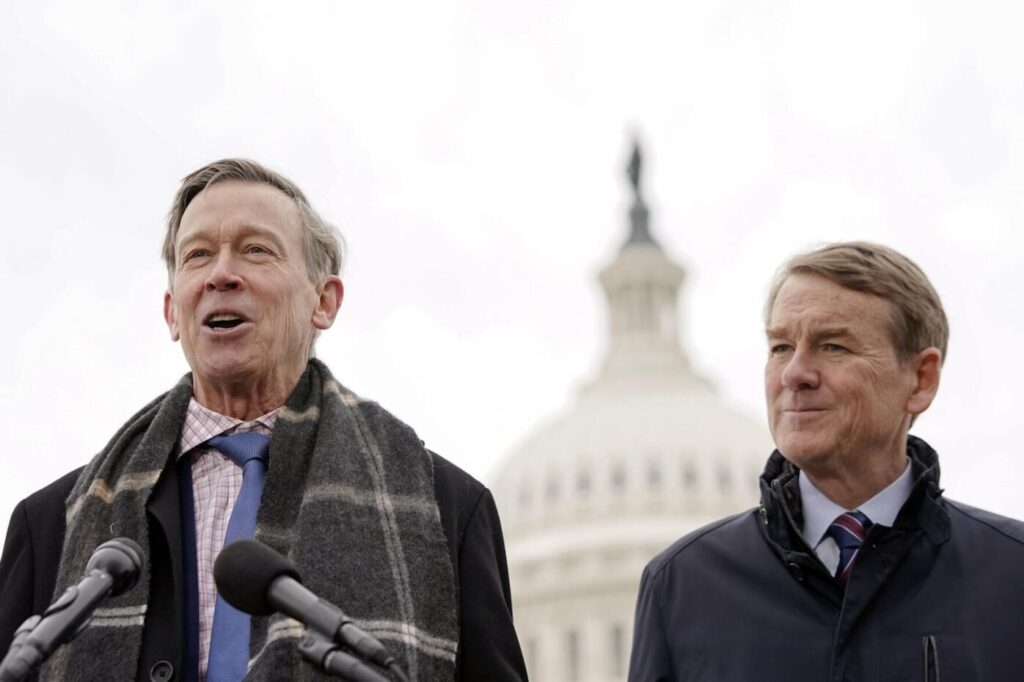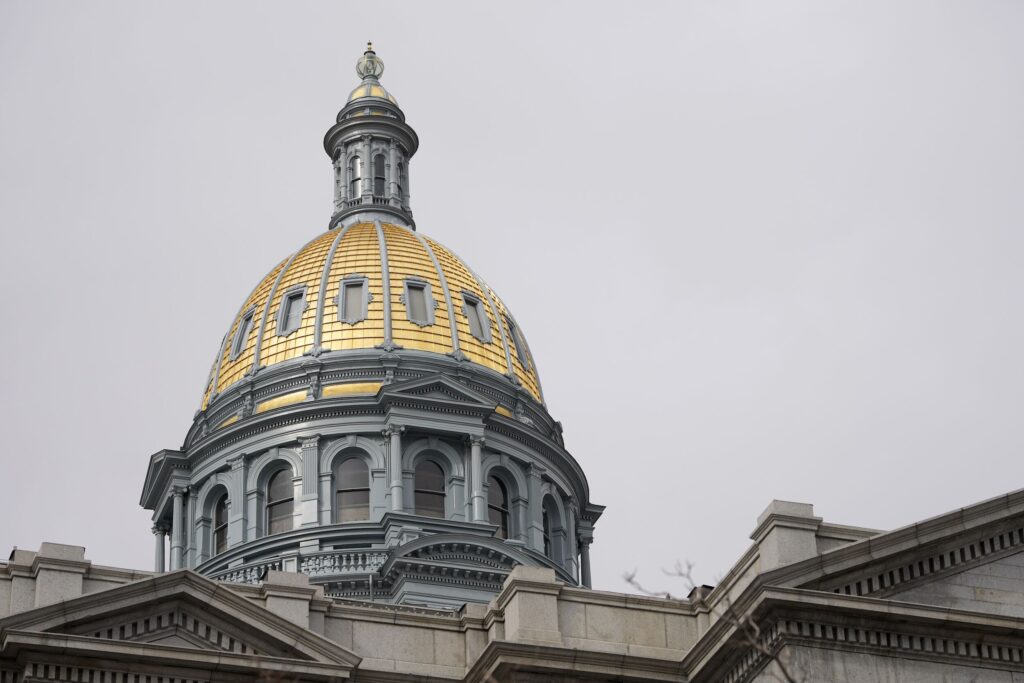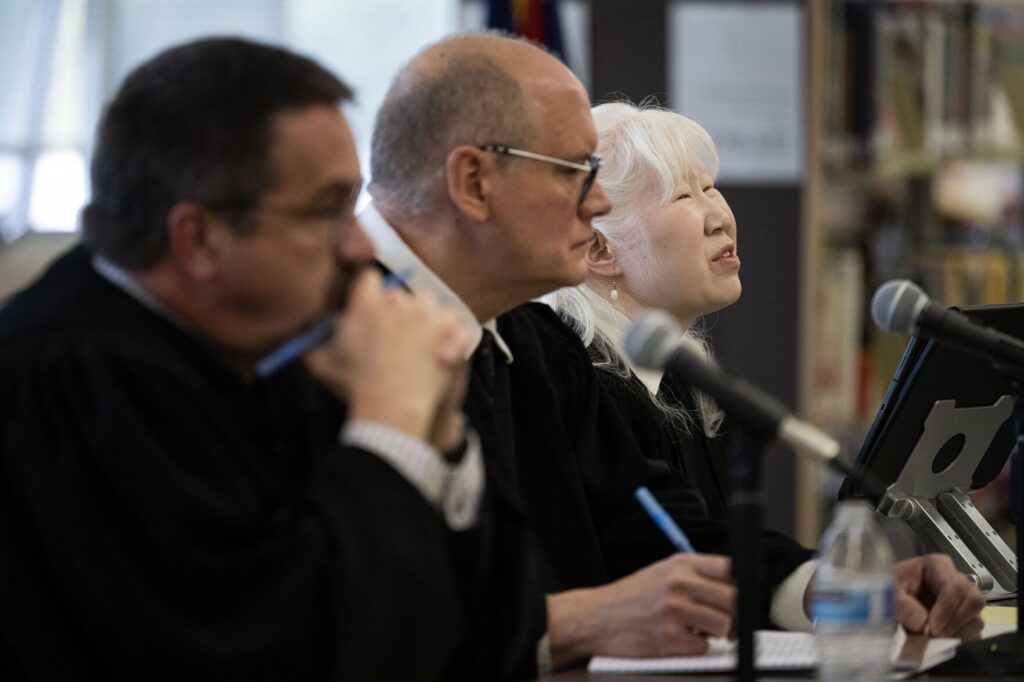YESTERYEAR: Mizel Museum brings Jews and Muslims together, General Assembly bills focus on women
Twenty Years Ago This Week in the Colorado Statesman … The Mizel Museum celebrated the opening of a new exhibit: Muslim Nations, The Statesman reported, a subsection of its Bridges of Understanding exhibit which highlighted the similarities between the two religions while appreciating their differences along with the many other ethnic and religious groups practicing in Colorado.
The Bridges exhibit opened in 1994 and highlighted the Asian Pacific, Native American, African-American, Jewish and Hispanic cultures through the study of ceremonies, traditions and customs practiced within the context of “Rites of Passage.”
Muslim Nations was made possible by a generous grant from the 1 percent discretionary funds of the Scientific and Cultural Facilities District (SCFD). Mohammed Saira Reza, Aziz Eddebbarth and Abdul Waheed Kahn were active in working with Ellen Rosenthal, the museum’s director of education, and Leona Lazar, the administrative director in developing the exhibit.
In 1996, it was estimated that approximately 2,000 students per month visited the museum, participating in hands-on activities including: observing artifacts, storytelling, playing musical instruments and art activities. Performing artists from the diverse cultures represented became an integral part of the program.
With the addition of Muslim Nations, clothing, prayer rugs, music and many other objects used by Muslims throughout the world were made available for visitors to experience.
The Mizel Museum also collaborated with the Anti-Defamation League’s World of Difference Program, and developed an extensive teacher recertification course that was unique within the state. Districts throughout the Front Range participated in large numbers, The Statesman reported.
… Fifteen Years Ago … The General Assembly gave women some thought. Legislators hustled and bustled not buying holiday gifts, but preparing their bill titles for the upcoming session. It was found in an informal surveying of the legislative landscape conducted by The Statesman that an uncommon number of the bills highlighted a variety of women’s issues. Though most of the proposals weren’t available, as they were still in their infancy, there were several pieces of legislation – sponsored by interim committees – that were of particular interest to women.
One of the interim bills Statesman reporters thought of note was the Welfare Reform Oversight Committee’s review of Colorado Works, the state’s Temporary Assistance to Needy Families (TANF) program. They put forward a number of ideas for legislation which included:
– Separating state and federal TANF dollars to allow more county discretion in spending state-only TANF funds,
– Delegating to counties the authority to grant extensions for those who have exceeded their 60-month lifetime limit and
– Establishing a “Responsible Fatherhood” Commission.
The Rural and Small Group Health Care Need Task Force committee addressed the lack of providers and insurers in rural areas and the rising premium and other problems in the small group market. The committee put forth ten proposals which ranged from changing the definition of the Basic Health Plan to all HMOs to insure those outside their coverage area.
Some of the individually sponsored women-centric bills that were proposed included: Waiving process-serving fees for victims of domestic violence, stalking or sexual assault, which was required to preserve state funding from the federal Violence Against Women Act; covering women for pregnancy and delivery up to 185 percent of the federal poverty level through the Child Health Plan; and creating a housing trust fund for the construction of affordable housing.
Other advocates were preparing an effort in the Legislature to allocate some otherwise TABOR-limited funds for education and transportation projects. The Colorado Education Network proposed a $300 million recovery plan for the state budget. It called for the General Assembly to adjust the revenue limitation set forth in TABOR to include 178,000 Coloradans who were not counted in U.S. Census Bureau estimates.
The TABOR amendment had established a revenue limit equal to inflation plus population so that the state could keep up with its growing population. By 1999, the population undercount totaled 178,317, which equaled approximately the number of Coloradans enjoying the beginnings of an explosive growth in Douglas County.
“TABOR intends to allow growth to pay for itself, yet state policies won’t let that happen,” said Colorado Education Network Director Chris Romer. “As Colorado’s population grows, it puts more demand on our roads, schools and colleges. It’s irresponsible not to address these realities and make sure that growth pays for itself.”
Proponents of the fund-saving measure argued that the population disparity had accumulated over 10 years and the state’s proposal to make the adjustment in just one year did nothing to improve the state’s economic outlook while in the midst of the worst recession in a decade.
As an alternative, the Colorado Education Network proposed that lawmakers consider spreading the population adjustment over several years, so TABOR revenues could grow to match it. Doing so, they argued, would create an estimated $300 million in additional revenues in three years. The funds would then be earmarked to deal with the increasing demands on college campuses, address transportation needs and help the state meet its commitments to K-12 education.
“We can’t allow the state to put off paying its bills when future revenues are uncertain,” said Romer. “No viable business could get away with playing these types of games with their accounting books and the state should not either.”
… Ten Years Ago … The Colorado Statesman published a look back on the year’s news which included:
“Steering the State” – Gov. Bill Owens’joking with legislators that if they helped him with tourism that he would cancel plans for the new ‘Welcome to Colorado’ signs and keep the old ‘Colorful Colorado’ ones.
“A Sign of the Times” – Gov. Owens signing his last bill, HB 1001, into law on June 7, which cracked down on internet predators.
“Colorado Turns Blue” – Democratic candidate for governor, Bill Ritter, celebrating his victory with Jeannie and family and the GOP reeling from its quick slide into minority status.
President George W. Bush attending a $1,000-a-person fundraiser for GOP gubernatorial candidate Bob Beauprez while Democratic candidate for CD 7 Ed Perlmutter was joined by U.S. Senators Barak Obama, D-Illinois, and Ken Salazar, D-Colorado, at a rally in Aurora.


